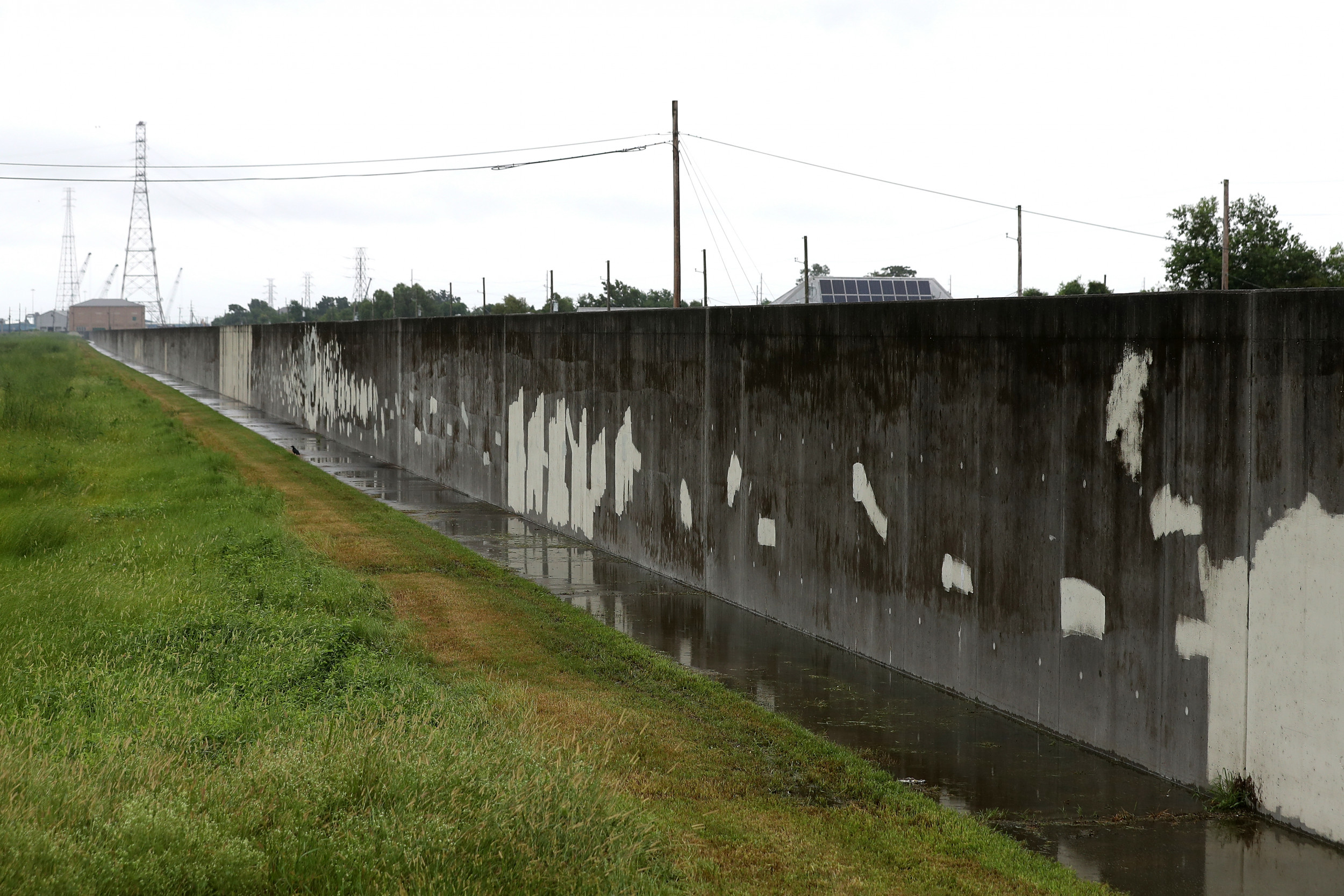This is the peak of hurricane season. While we don’t know the full impacts of this year’s tropical weather, one thing is almost certain: somewhere, someone is going to flood. After a community floods, another thing is almost certain: community leaders will ask for money to build a dike.
Dykes, flood walls and other ‘hard’ forms of flood protection are popular. Their construction is supported by billions of dollars in the bipartisan infrastructure bill, with more funding available in other federal laws. These structures can be effective, providing a predictable way to reduce risk from rising waters, swells and raging rivers. The levies also create an attractive mix of jobs, including white-collar positions in engineering and blue-collar jobs in construction. However, these structures also carry serious risks, and their construction can raise issues of equity. Given the Biden administration’s emphasis on environmental equity, communities would be wise to address these issues before building a dirt wall that would be difficult to get rid of.
One problem with levees is that they often don’t protect against the biggest storms. Most federally funded levees are built to withstand an event that has a 1% chance of occurring in any given year; the standard required to keep the communities behind the levee in compliance with flood insurance requirements. It may seem like a rare storm, but it’s not. Statistically speaking, such a storm has about a 1 in 4 chance of occurring over the course of a 30-year mortgage, and more than 50-50 chances of occurring over the lifetime of an 80-year-old. Simply put, if you live behind a levee that only provides the protection required by the federal standard, there’s a good chance you’ll be flooded at some point in your life. Add climate change and aging infrastructure to this equation, and the risk of flooding increases.
Chris Graythen/Getty Images
The mismatch between the physical presence of a levee and the actual level of flooding it can defend against can cause people to misjudge their flood risk. Individuals, developers and governments may choose to build in a supposedly flood-free area, only to find property damaged and lives transformed when flooding occurs. Social scientists even have a name for this misjudgment, “the levee effect.”
The thorniest questions concern the path of the levee, or “footprint,” and the decisions that govern which communities should be inside and outside the system. Federal regulations generally require that the value of the property protected by a levee exceed the cost of constructing and operating it. These calculations can effectively prioritize flood protection in urban areas over rural areas or small towns – because there are more homes to protect – and therefore more dollars to damage, in urban areas. This reasoning may also prioritize wealthy communities over less wealthy ones since home values are higher in wealthy areas. Societal divisions can develop, as people without dykes question why other people’s homes are worth protecting and theirs are not.
The construction of levees can even increase the risk of flooding for some, because, as we like to say in Louisiana, “the water has to go somewhere”. If a community builds a dike to keep water out, water levels outside the dike will rise, increasing the risk of flooding for those communities. For example, in Terrebonne Parish, Louisiana, where I work, the community built a levee nearly 84 miles long to reduce flooding for residents of several small towns and one mid-size town. The structure has significantly reduced flooding for residents inside the levee. But computer models indicate that this levee will also raise water levels by about 3 to 7 feet in areas outside of the flood protection system, including the marine lab where I work.
Imagine this scenario unfolding across the country. As communities seek to build levees to protect against rising waters, other nearby communities are under threat. If, for example, New York built a levee to protect against flooding along the Hudson River, New Jersey could be in danger. This leads to another type of water conflict that is emerging with climate change, which in many ways is the opposite of the battle of drought-stricken states for access to clean drinking water. and irrigation.
The emerging disputes over levees are a reminder of why it is probably easier, in the long term, to tackle the greenhouse gases that cause climate change, rather than to deal with the impacts of climate change. climatic. As we approach the next UN climate conference in November and people discuss the cost of climate change, it would be wise to keep the costs and impacts of these structures in mind.
Alex Kolker is an associate professor at the Louisiana Universities Marine Consortium. He studies climate change, sea level rise, resilience and the evolution of coastal systems. His work is based on the coastlines and wetlands of the Mississippi Delta, and he has also worked in systems around the world, including the Florida Everglades, New York, and North Africa.
The opinions expressed in this article are those of the author.



